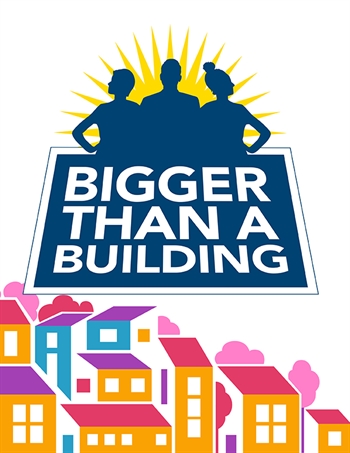June 2020 | Volume XXXVIII. Issue 2 »
Editorial: Bigger Than a Building
May 28, 2020
Diane Foote, Illinois Library Association

We haven’t typically published editorials in the ILA Reporter, but these aren’t typical times. As of the time of this writing, Governor Pritzker has already extended his initial “stay-at-home” order (originally in effect March 18 through April 7), once, through April 30; and has signaled his intention to extend it again through May 30. It’s difficult to know today exactly what the situation in Illinois, and indeed the nation and the world, will be by the time this issue lands on desks.
The articles in this issue address issues of perennial importance, some of which have taken on greater significance during the pandemic crisis, including “Library Burnout: It’s Common and Okay to Admit,” “Voter Education at the Public Library,” and “Public Libraries Versus the Echo Chamber;” this last authored by a colleague outside our own profession, yet integrally interested in it: a library architect. Others look to what we might consider once library buildings are physically open to the public again, such as “‘Where Is Your Quiet Area?’ Helping Patrons Unplug from a Plugged-In World” and “When Libraries and Makers Meet.”
ILA leadership and staff worked tirelessly through the early, middle, and current stages of the pandemic to bring our members the most timely and up to date information we possibly could—even when answers were in short supply. As librarians ourselves, we don’t like to not be able to provide answers, and we, too, were challenged by the rapid pace of developments. I know from speaking to friends and colleagues that my personal experience of time “telescoping” in weird ways is not unique to me: Some days seemed endless, while weeks seemingly flew by and conditions changed on a daily, sometimes hourly, basis.
Libraries across Illinois did yeoman’s work to continue services remotely, even while physical buildings were closed. Far from a comprehensive list, here are a few examples:
-
The Bloomington Public Library: promoting e-books and online databases, online story time, and offering previously in-person programs in virtual contexts via Facebook and YouTube.
-
Chicago Public Library: remote eCard signups to access eBooks, downloadable audiobooks, and other online resources; live homework help from 11 a.m. to 11 p.m. in English and Spanish; and electronic editions of the latest issues of more than 100 popular magazines.
-
Crystal Lake Public Library: moved Wi-Fi routers closer to the windows to enable access more broadly beyond the building.
-
The Edwardsville Public Library: publishing on their blog online stories and activities for children, a bookmark competition for National Library Week; and online access to e-books, databases, and videos.
-
Effingham Public Library: story time via Facebook group and book discussions via Zoom.
-
The Elmwood Park Public Library and Milner Library at Illinois State University: using the libraries’ 3D printers to manufacture face shields to donate to area hospitals; the media resource center director at Elm School in Burr Ridge has posted a video on YouTube showing how the printers use plastic filament to build the parts layer by layer.
-
Gail Borden Public Library District: daily programming online for children and adults including story time, topical interactive discussion groups, and reference services by text and email.
-
Galesburg Public Library: weekly story time, promoting e-books and educational databases, and virtual educational resources for children to use while participating in remote learning.
-
The Homer Township Public Library: enables teen volunteers to earn service hours by creating and illustrating recipes for the Students Rebuild: Hunger Challenge, in which the Bezos Foundation makes donations to programs fighting hunger for each artwork created.
-
Mahomet Public Library: an online springtime photo contest, Zoom book clubs, and Facebook Lego challenges.
-
The Wood River Public Library: converting its summer reading program into a virtual experience, including outreach to families without broadband access via story time on the local radio station and encouraging reading via lawn signs and banners at main intersections.

 iREAD Summer Reading Programs
iREAD Summer Reading Programs Latest Library JobLine Listings
Latest Library JobLine Listings